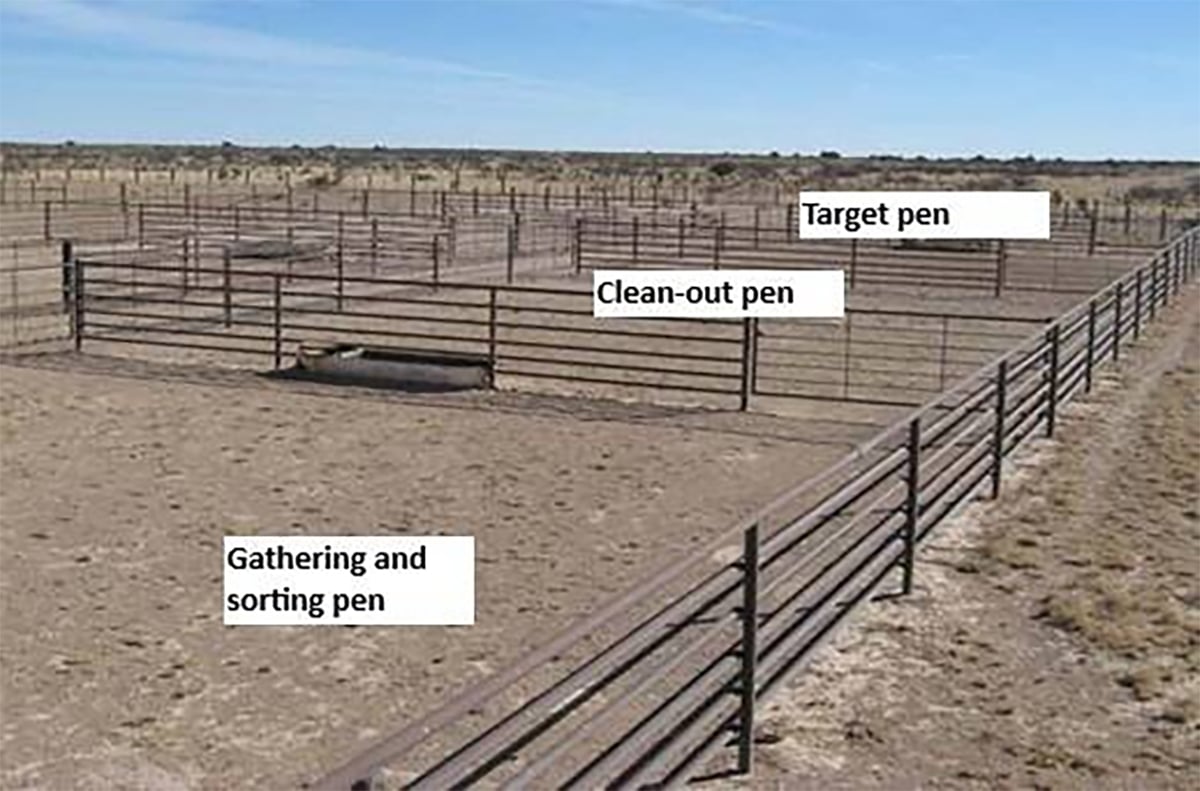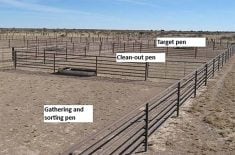SAN ANTONIO, Texas – Cash strapped consumers contribute to the continuing erosion of meat demand in the United States when they choose ground beef over steaks.
Cautious consumers are clipping more coupons and looking for sale items when they shop, which industry analysts say is driving down overall demand for poultry, beef and pork.
Demand is not expected to rebound this year as unemployment continues at 10 percent and consumers remain worried about swelling debt, says Cattlefax head Randy Blach.
“This is the most influential factor we have seen in the last 12 months,” he told the National Cattlemen’s Beef Association convention in San Antonio Jan. 26-30.
Read Also

Teamwork and well-designed handling systems part of safely working cattle
When moving cattle, the safety of handlers, their team and their animals all boils down to three things: the cattle, the handling system and the behaviour of the team.
He said a recovery could take another 18 months.
“It is going to take some time,” he said. “We need to be realistic with the demand erosion we have seen in the last couple of years. It is not going to turn on a dime and return to the levels we saw in 2007 and 2008.”
Other problems are also shaking up demand. The pork industry suffered continuous losses for months yet it did not downsize, leaving surplus pork and heavy competition.
“We are competing for those meal dollars every day. What did we see featured? Cheap pork,” Blach said.
As well, the U.S. dairy industry, beaten down by low milk prices, has added to the mountain of ground beef by liquidating 300,000 cows. Most of it was sold through grocery stores because consumers are avoiding restaurants. The food service business has experienced its steepest decline in sales in 28 years.
Shoppers looking for cheaper meat have definitely influenced beef prices. Demand for grinding meat and trim has increased nine percent since 2007 while demand for tenderloins dropped 27 percent.
“Consumers were trading down from a high end cut to a low end cut,” said Cattlefax analyst Kevin Good.
Those changes in demand have upended the wholesale beef market since 2007. The downturn became more obvious after the stock market crashed in fall 2008. That loss of demand cost producers $140 US per head.
“That is the largest change in wholesale beef demand that we have ever recorded and it wasn’t going our way,” Blach said.
On the positive side, hide and offal values are slowly improving. Hide prices averaged $65 a piece before dropping to $24. They have since recovered to $60, which adds $9 per hundredweight compared to $7.50 per cwt. last year.















